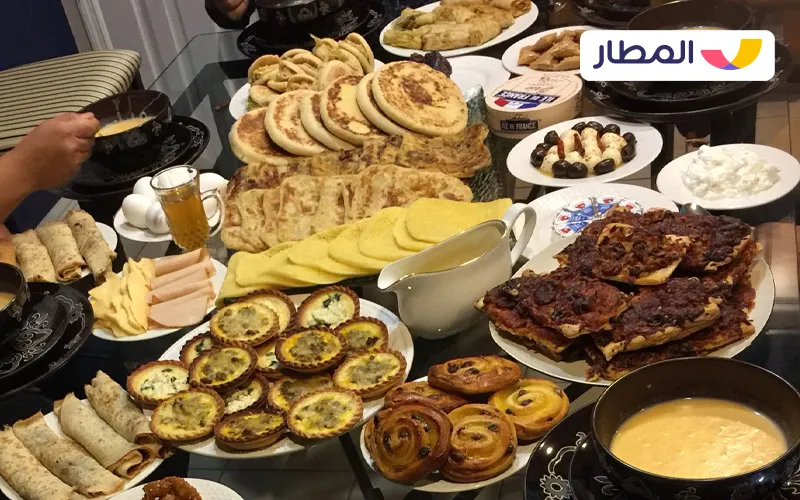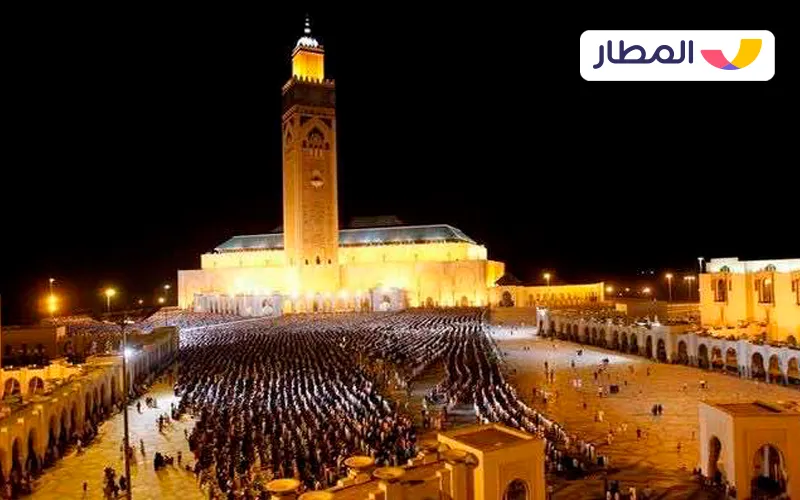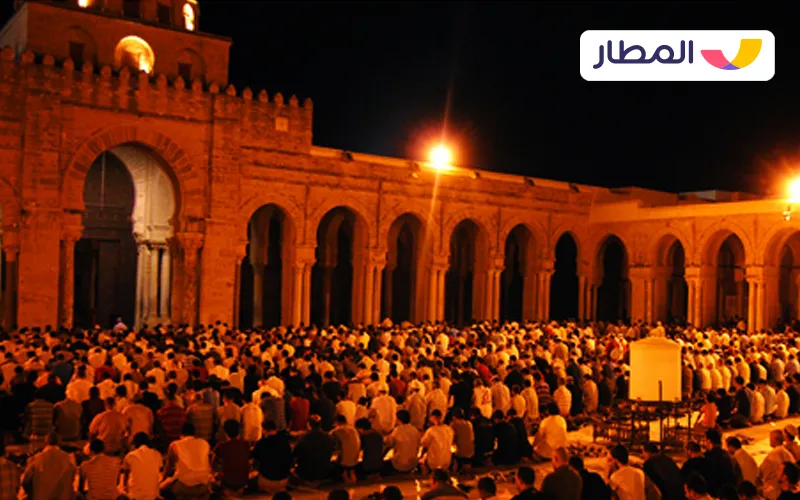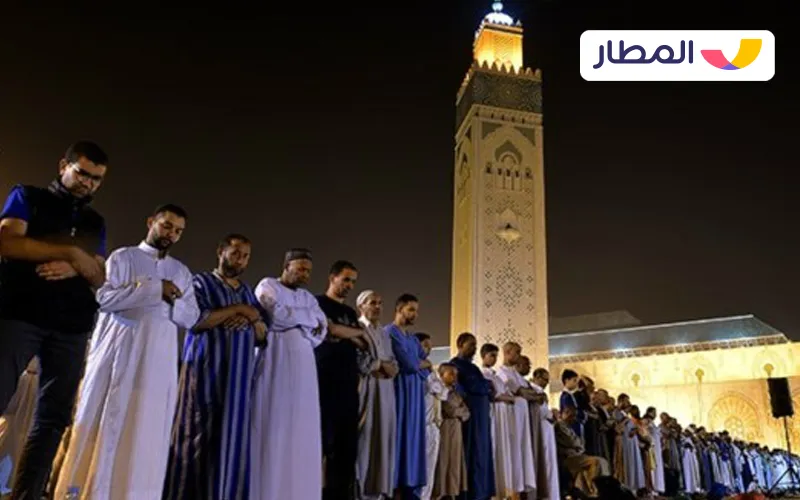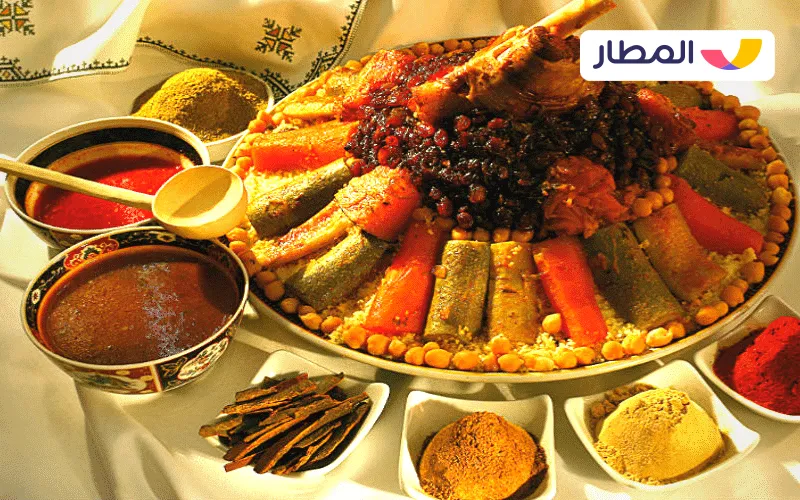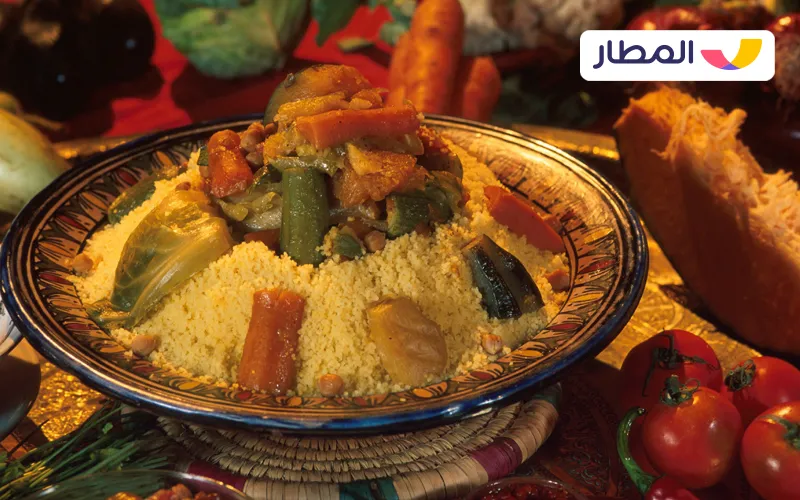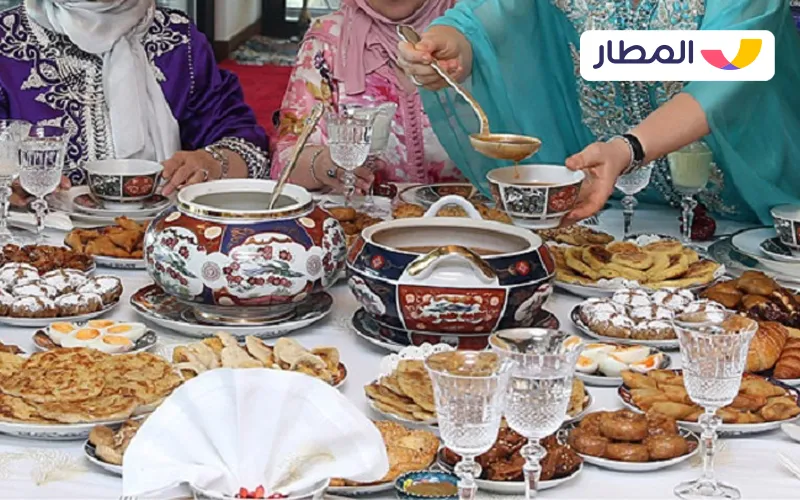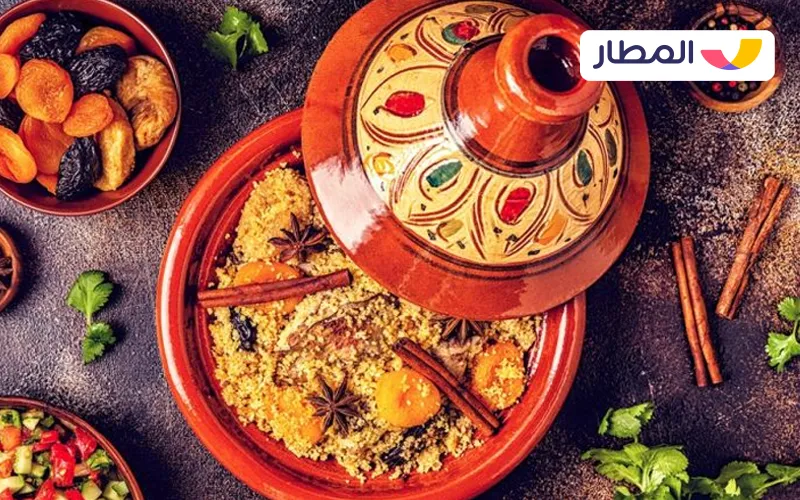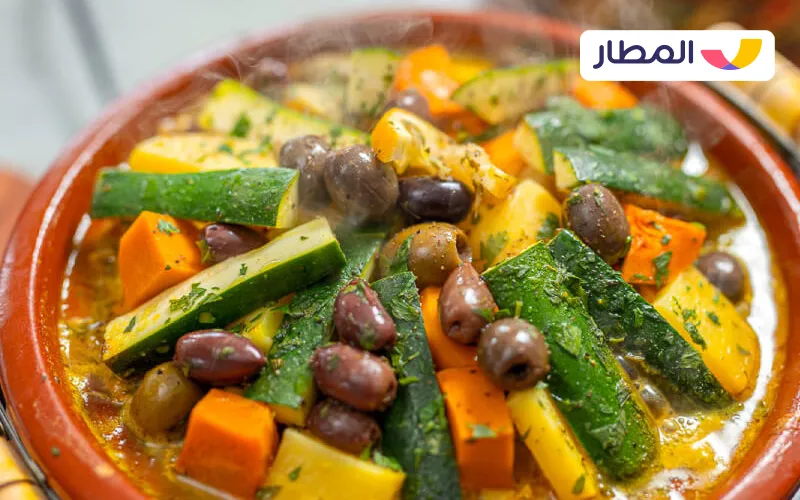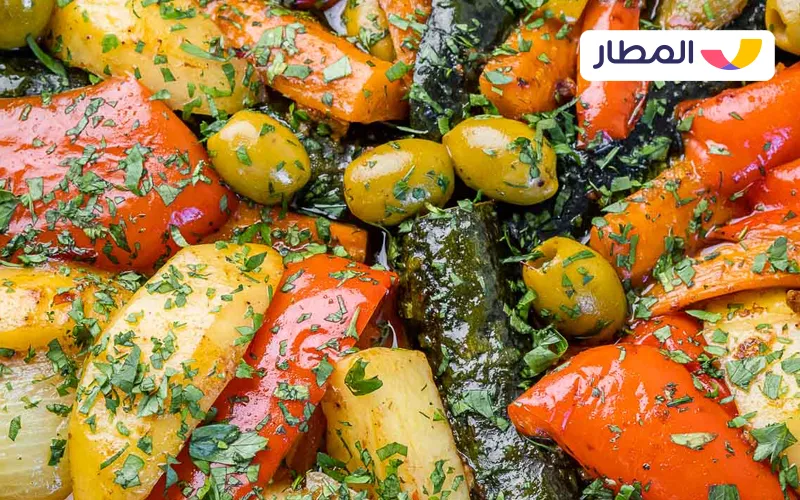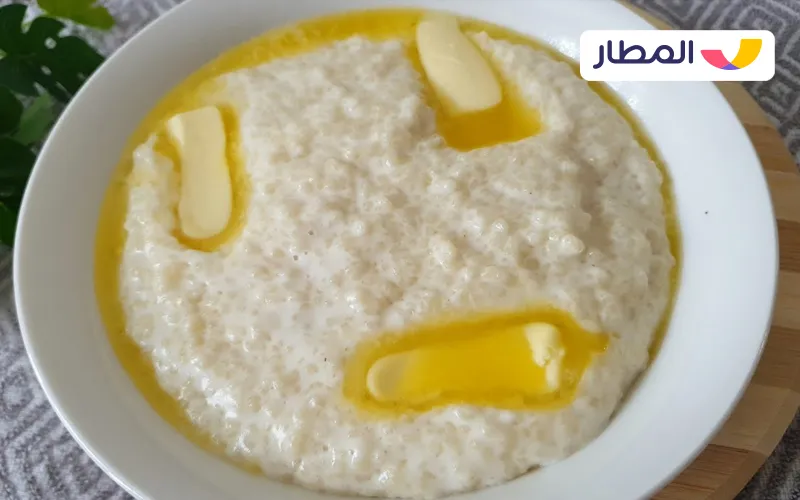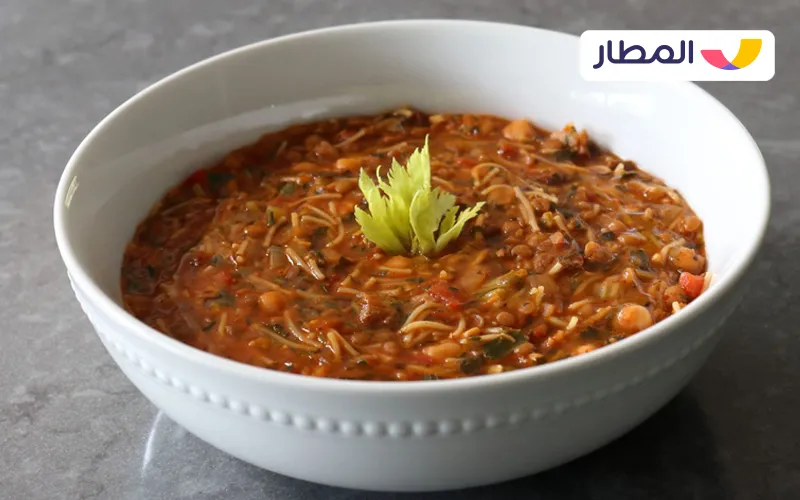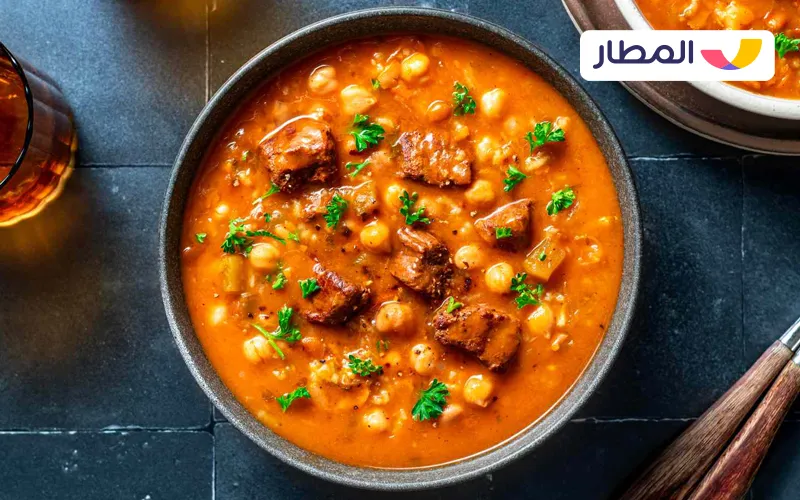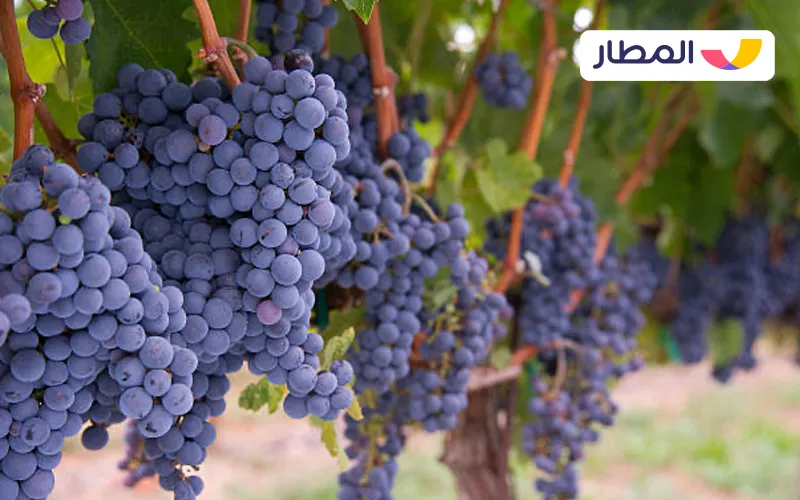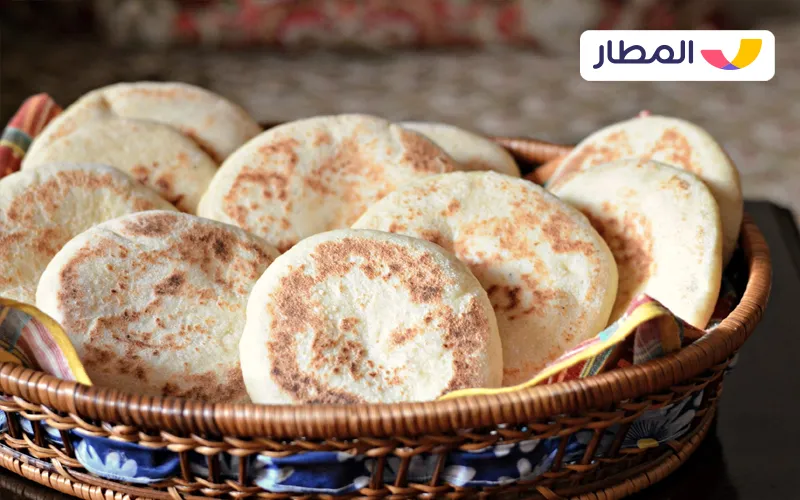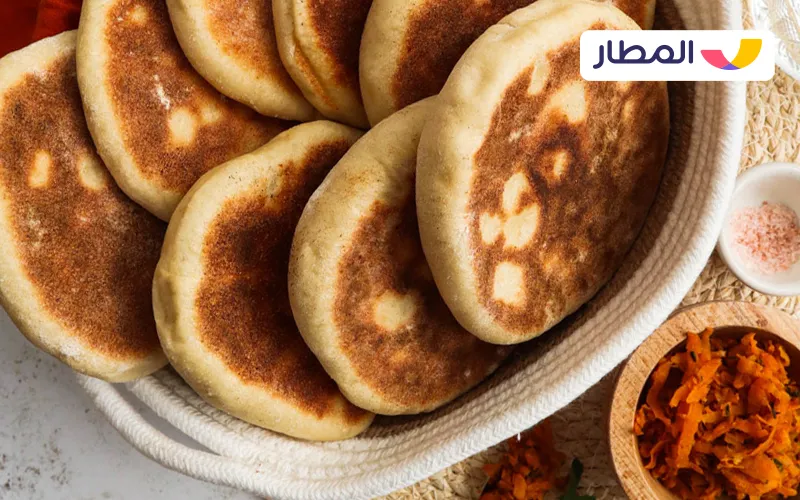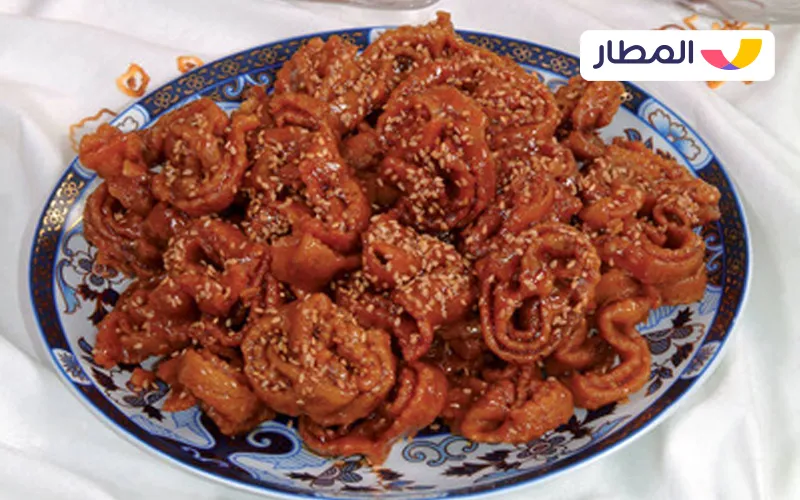The Maghreb countries have a special character that distinguishes them from the rest of the Arab countries in many matters. The dialect, food, culture, and geography all make it bear special and beautiful imprints, in addition to the many commonalities with the rest of the Societies of the Arab world, foremost of which is language and religion. When the Maghreb states are mentioned, they mean five countries: Mauritania, Morocco, Algeria, Tunisia, and Libya. But we are talking here about the kingdom of Morocco specifically. Despite the similarity between these countries in many elements and components, each of them bears its own distinctive fingerprint.
About the Kingdom of Morocco
The kingdom of Morocco is located in the extreme northwest of the African continent; it has land borders with Mauritania and Algeria; it has maritime borders on the Mediterranean Sea and the Atlantic Ocean; it meets Spain by sea; and the closest point between them is in the famous sea passage, the Strait of Gibraltar. The capital of Morocco is Casablanca, and its population exceeds 33 million people. Because of its historical foundation and its proximity to the Andalusian civilization, all this was reflected in the psychological and social formation of Moroccans, so you find them connoisseurs of culture and art and receptive to thought and philosophy, and all this combination reflects on various aspects of their lives.
Morocco in Ramadan
Morocco is similar to the rest of the Arab countries in the people’s readiness for the month of Ramadan before its advent and in some of the customs practiced by society during the days of this holy month. People in Morocco are preparing by securing the contents of the kitchen with various food items, so the markets are full of shoppers before the month of Ramadan, and sellers offer food items that are famous during this month.
People’s habits and routines in Morocco are changing with the entry of the holy month of Ramadan, and the demand for visiting mosques during prayer times and performing taraweeh prayers is increasing.
After Iftar, many people leave their homes heading to markets, malls, parks, entertainment facilities, and sea facades, and the situation increases as we approach the end of Ramadan, as Moroccans buy Eid clothes for their children and go to pastry shops to secure delicious Moroccan dishes to celebrate the arrival of Eid al-Fitr.
Communication and mating are essential features of the Moroccan Muslim community, where Moroccans arrive in their wombs, visit their relatives and friends, and in these sessions they eat various kinds of delicious Moroccan sweets and drink tea and juices.
Moroccan cuisine
Moroccan cuisine is diverse and contains unique and delicious dishes, and each region of Morocco is distinguished by its cuisine depending on the cultural and social factors that have dominated it throughout the past centuries. Therefore, in the north of Morocco, we will find dishes inspired by Andalusian culture, and in the south, where there are deserts, we will find dishes based on cattle meat and milk. The whole of Morocco is generally influenced by the Amazigh culture spread throughout the north and west of the African continent. And all these combinations that we have mentioned have an influence on the delicacies during the holy month of Ramadan.
Another thing that distinguishes the culture of cooking and food in Morocco is the richness of their meals with various spices, and this is what made Morocco a country famous for spices, spices, and various flavors. In the month of Ramadan, people rush to the spice merchants to secure their share of these spices, which are included in their meals and sweets on the Ramadan table every day.
The most famous traditional Ramadan dishes in Morocco
Morocco is characterized by a lot of traditional Ramadan dishes, and most of them are delicious dishes that have the taste of spice mixes in them. And because it is also enjoyed by the people of the Gulf and the people of the Levant, delicious spices are also part of the ingredients of their food.
There are many restaurants serving Moroccan food in the Arab world, especially in the Gulf countries. Saudi Arabia, Kuwait, the UAE, and Qatar have a variety of professional restaurants that serve the most delicious cuisines from international cuisines, including Moroccan cuisine.
The most famous traditional Ramadan dishes in Morocco are:
-
Bourek Moroccan kofta
It is a delicious and easy-to-prepare Moroccan food that is prepared just before breakfast to be served hot. And the ingredients for this food are: minced meat, eggs, and a set of spices such as black pepper, cinnamon, and cumin. The ingredients are spread on the ready-made dough strips to be fried afterwards.
-
Moroccan chicken tagine with greens and courgettes
It is one of the most famous Moroccan dishes served during the month of Ramadan, and its main ingredient is chicken. To it are added chopped zucchini, chopped carrots with a quantity of dried prunes, and green or black pickled olives with sliced onions in the form of slices. This food contains a set of spices such as curry, turmeric, ground ginger, black pepper, and cinnamon.
-
Moroccan-style milk Barkoukch
The ingredients of this dish are milk, butter, and berkuksh, with a small amount of black seed. It is one of the dishes served for Iftar and Suhoor.
-
Harira
She is the bride of the Moroccan Ramadan Safra, a soup whose ingredients include meat, lentils, vermicelli, flour, onions, tomatoes, parsley, coriander, celery, and chickpeas.
-
Al Priowat
It consists of a dough that is stuffed with vegetables, meat, and nuts, fried in oil, and then dipped in honey.
-
The Butboot
It consists of palm-sized round bread, stuffed with minced meat, vegetables, and cheese, and is served as an additional dish along with other meals at the Ramadan table.
-
Al Shebbakia
It is a delicious Moroccan dessert consisting of dough that is fried in oil and then dipped in honey and sesame. It is a storable dessert; therefore, it is prepared before the month of Ramadan to be one of the main dishes daily after iftar.

